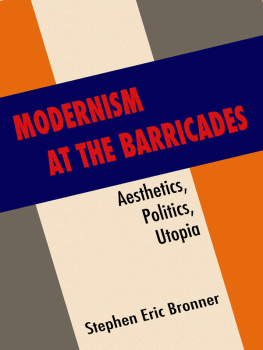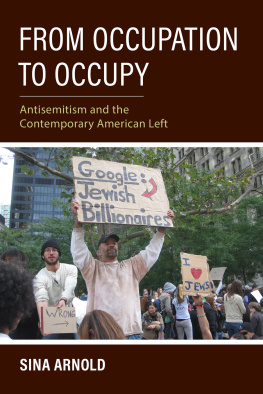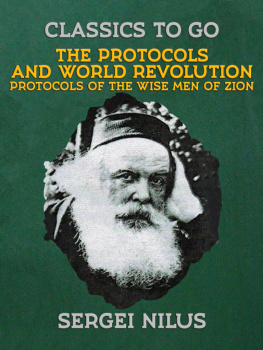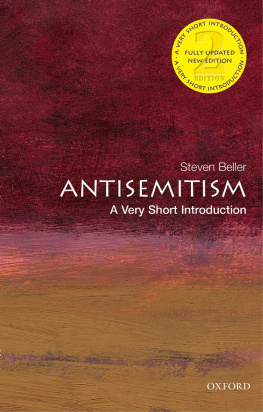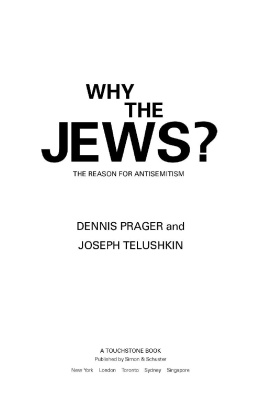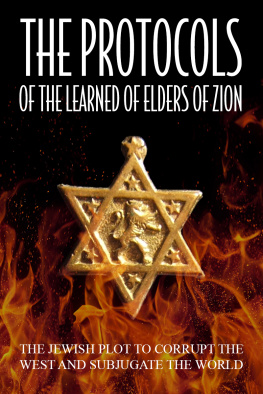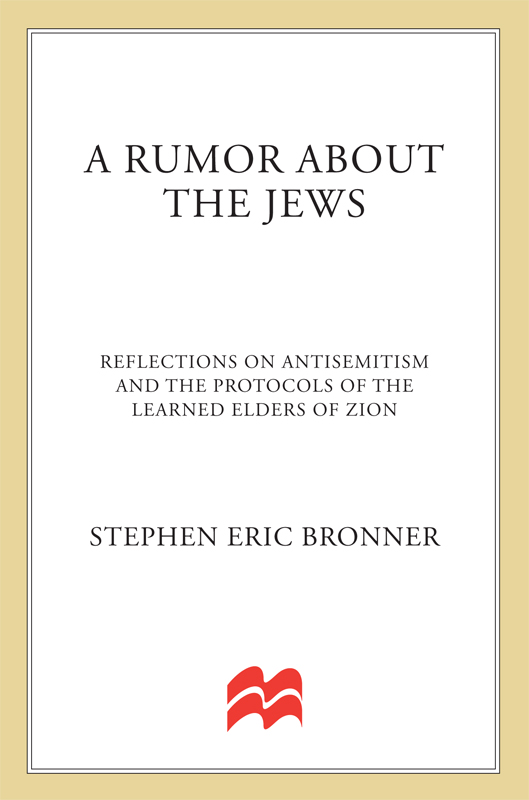Contents
Guide

The author and publisher have provided this e-book to you for your personal use only. You may not make this e-book publicly available in any way. Copyright infringement is against the law. If you believe the copy of this e-book you are reading infringes on the authors copyright, please notify the publisher at: us.macmillanusa.com/piracy.
Contents
To the German Jews who,
forced into exile by the Nazis,
built a community and rebuilt their lives in
Washington Heights near the northern tip of Manhattan
I would like to thank a number of friends and colleagues who made this a better book. Diana Judd provided invaluable help as my research assistant, and I appreciate greatly the comments on the manuscript offered by Anand Commissiong, John Ehrenberg, Irene Gendzier, Micheline Ishay, Kurt Jacobsen, Elizabeth Kelly, Manfred Steger, and Christian Fenner. Klaus-Pieter Schmidt and Hans-Ulrich Seebohm, my German translators, also provided important corrections and insights. I would finally like to express my gratitude to Michael Flamini and Christian Seeger, my editors at St. Martins Press and Propylaen Verlag, for their support and enthusiasm. As for my wife, Anne Burns, she again made all the difference.
Stephen Eric Bronner
New York City
1999
Antisemitism is the rumor about the Jews.
Theodor W. Adorno, Minima Moralia
The Protocols of the Learned Elders of Zion constitutes one of the most infamous documents of antisemitism. It consists of the supposed minutes from twenty-four sessions of a congress held by representatives from the twelve tribes of Israel and led by a Grand Rabbi, whose purpose was to plan the conquest of the world. This congress never took place. The pamphlet is actually a crude forgery created by the Okhrana, or secret police, of Imperial Russia. It first appeared in 1903 and it incorporates many of the most vicious myths about the Jews handed down over the centuries. Used initially to blame Jews and their supposedly servile allies, the Freemasons, for the 1905 Revolution in Russia, the Protocols would become a welcome export around the world. If not simple hatred then pogroms, and if not pogroms then even worse, followed in its wake. It was applauded by royalty, it was embraced by counterrevolutionaries, and the Nazis made it required reading. It still serves as a staple for numerous fundamentalist, conservative, neofascist, and antisemitic groups in the United States and throughout the world. Indeed, what the real Communist Manifesto was for marxism, the fictitious Protocols was for antisemitism.
It enabled antisemites to see their nemesis, the Jew, as both an intrinsic element of western civilization and its other. This anthropological view, in fact, provides the foundation for the theory articulated in the pamphlet. Beyond the myriad ways in which hatred of the Jew is expressed lies the continuity of prejudice. The Protocols solidifies the connection between the true believers in Christianity, those nineteenth-century reactionaries intent on combating the Enlightenment, and the fanatics of a seemingly antireligious and revolutionary Nazi movement desirous of establishing the primacy of a single race. Christian institutions and the first genuinely reactionary movements, no less than the Nazis, overwhelmingly aligned themselves against the modern ideas and values generated in the age of democratic revolution: secularism and science, rationalism and materialism, tolerance and equality, capitalism and socialism, liberalism and marxism. Antisemitism was never simply an independent impulse. It was always part of a broader project directed against the civilizing impulse of reason and the dominant forces of modernity. The way in which the Protocols contributed to that effort is precisely what this book seeks to explore.
My personal background surely shaped what would become my interest in the Protocols: my family fled Hitlers Germany and I grew up during the postwar period in a neighborhood of working-class German-Jewish immigrants who had experienced the implications of this terrible pamphlet in a way beyond my imagination. Those still alive continue to exist in the shadow of the holocaust. It remains their point of reference for any outbreak of genocide or antisemitism; my parents and their friends will still often exclaim: genau wie beim Hitler. Many younger people have also undoubtedly felt the sting of antisemitism in their personal lives and encountered credulous individuals who have mentioned the Protocols. But it is woefully misleading to draw parallels between antisemitism as it was practiced in the 1930s and its practice today. Indeed, as the century draws to a close, few know much about this once-popular pamphlet and even fewer have read it.
International sales of the pamphlet were astronomical during the 1920s and 1930s; Henri Rollin, the French scholar of antisemitism, called the Protocols the most widely distributed book in the world other than the Bible, and its distribution was accompanied by a mountain of secondary literature comprising well more than one thousand titles. Since World War II, however, antisemitism has receded and, on closer examination, the mountain has dwindled in size. The tract is no longer the fundamental ideological expression of an organized mass movement capable of influencing the politics of our world. The world is different and it makes little sense to look at the present through the lenses of the past.
The Protocols is now almost universally recognized as a forgery. Its claims about a Jewish world conspiracy are mostly greeted with derision in the western democracies. Despite all the evidence to the contrary, of course, some still consider these calculatedly paranoiac myths true and the rumors plausible. Weakened forms of antisemitic politics still exist, and certain groups and movements are still susceptible to the message contained in the pamphlet. The danger of antisemitism never fully disappears and, in any event, the political risk in making the opposite assumption is too high. The half-baked rumor might yet resurface as a full-blown myth with a new form of popular appeal. The fragility of our historical memory alone justifies a new treatment of the Protocols. Nevertheless, if the issue is really one of preventing the recurrence of antisemitism, then it is less a matter of offering a pedantic account of the trials and tribulations associated with the Protocols than providing a sense of how it was shaped by certain historical trends and how it reflects them.
Just as there are documents of liberty like the Declaration of Independence (1776), or the Gettysburg Address (1863), there are also documents in which the face of hatred and tyranny appears. The Protocols is one of those works: it encapsulates the historical legacy of antisemitism and reflects its transformation from a religious and social concept into a new political phenomenon. The pamphlet gives an insight into the way the antisemite thinks, not merely about the Jew but about himself or herself. It also gives an ugly insight into the utterly ruthless and unscrupulous, if sometimes self-deceiving, assumptions of right-wing extremistswhether they are sincerely antisemitic or not. Indeed, if this tract exhibits the uniqueness of antisemitism, it also highlights the way in which this prejudice is grounded within an antimodern and antidemocratic worldview.
Generating these insights is possible only if the Protocols is seen not merely as an outrageous set of lies born of prejudice but as a seminal contribution within what was an established tradition of intellectual life intent on developing an explicitly antiliberal and antisocialist political project. The forgery was perpetrated in Imperial Russia. Yet virtually the same story could easily have unfolded elsewhere. Antisemitism was an international phenomenon and the Protocols is not simply reducible to the Russian context in which it was conceived. Important workseven fraudulent onestake on a life of their own and that is clearly the case with this tract. The Protocols helped shape the mass movements, revolutions, and wars of the twentieth century. History is not merely composed of truth: it incorporates lies as well.


